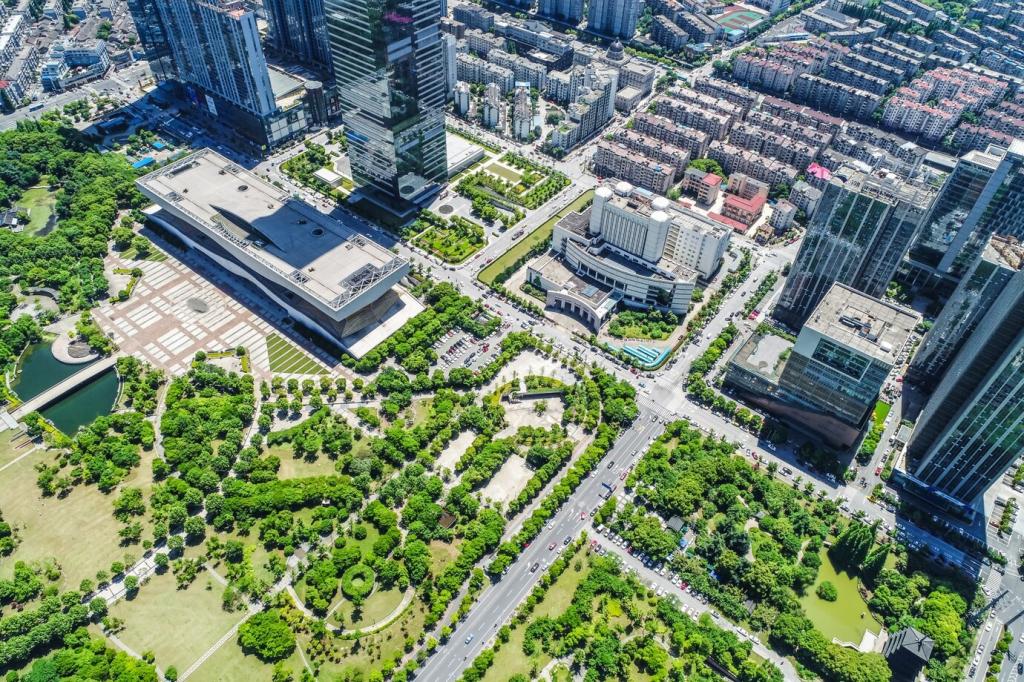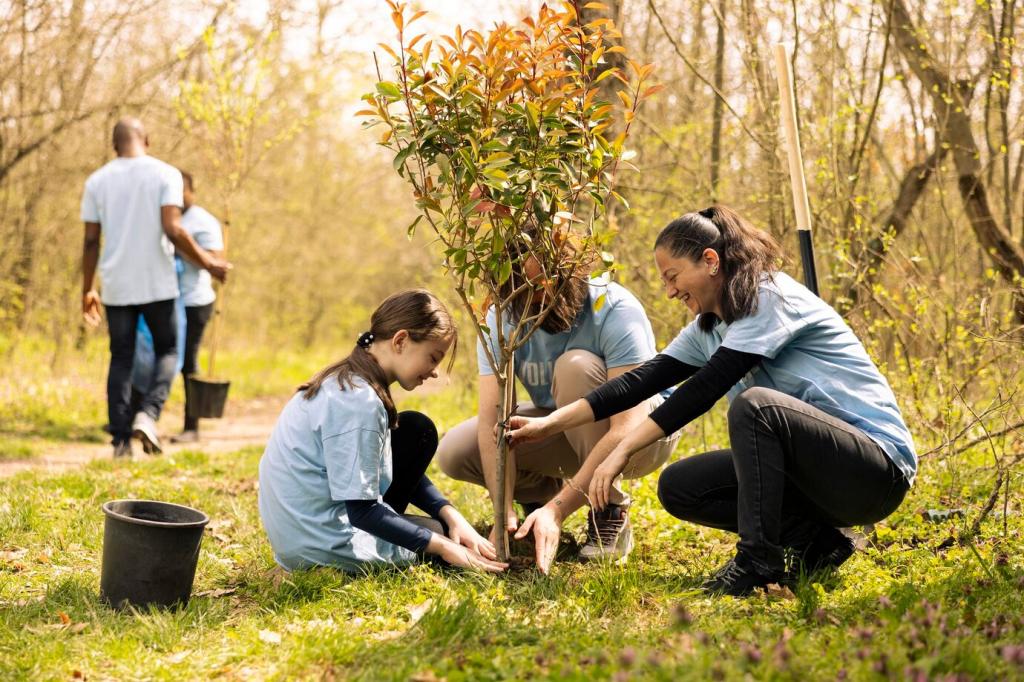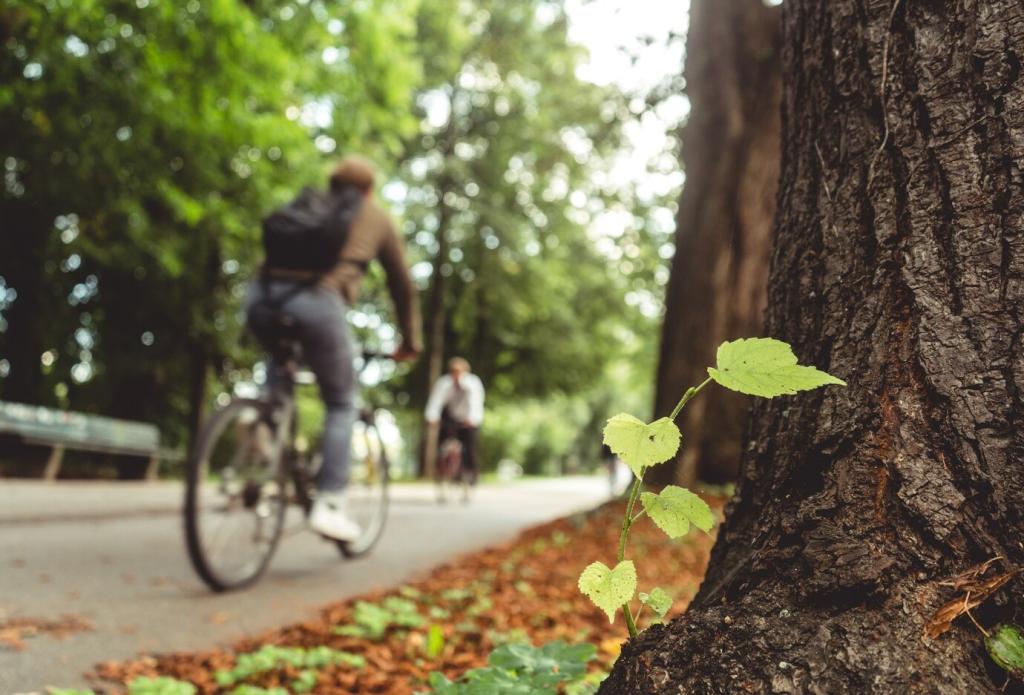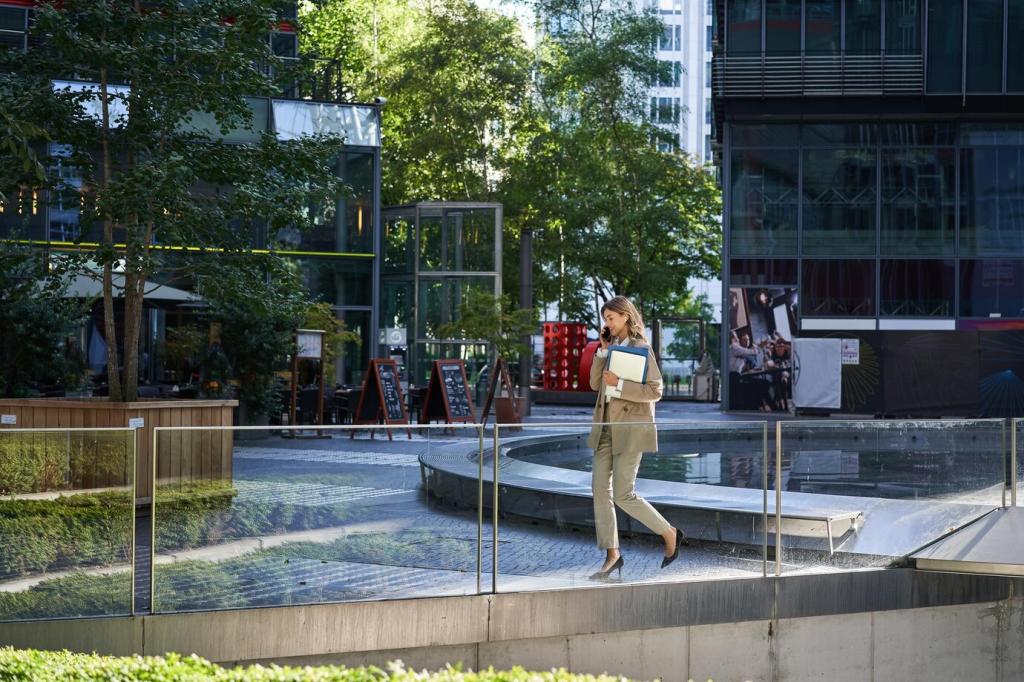Science Corner: How Microforests Help Cities Breathe
Microforests create shade and enhance evapotranspiration, lowering surface temperatures on scorching days. Residents report cooler evening walks and fewer heat-stress complaints. Invite your block to place simple sensors and share before–after readings to demonstrate cooling impact credibly and locally.
Science Corner: How Microforests Help Cities Breathe
Layered native plantings attract pollinators and birds within weeks. Even pocket plots boost habitat connectivity, helping species move through the city. Track sightings with community science apps and comment with your most surprising urban wildlife encounters near your microforest.






